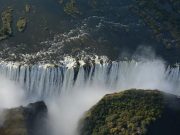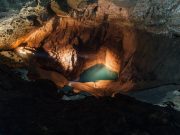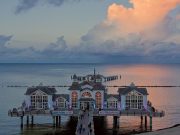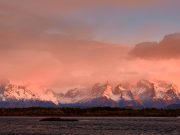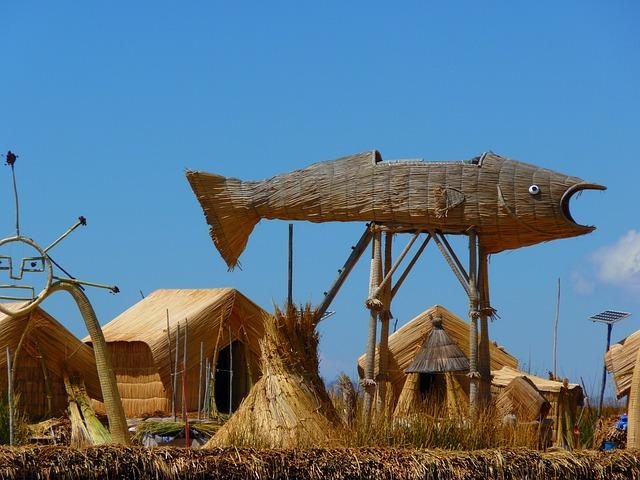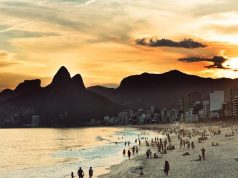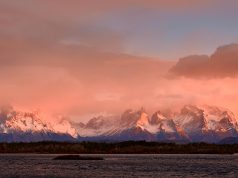Perched high in the Andes, straddling the borders of Peru and Bolivia, lies the enigmatic Lake Titicaca—a shimmering jewel of nature and a crucible of ancient myths. This majestic expanse of water, the largest navigable lake in the world, serves as both a geographical marvel and a cultural tapestry woven with the threads of time. For centuries, its tranquil blue waters have mirrored the sky above, while beneath the surface, tales of gods and ancient civilizations whisper from the depths. As we embark on a journey to explore the legends of Lake Titicaca, we find ourselves drawn into a realm where history and myth converge, inviting us to uncover the mysteries that have captivated the hearts and minds of generations. From the legendary birth of the Inca civilization on its sacred islands to the enigmatic ruins that hint at a forgotten past, Lake Titicaca beckons with stories that transcend the ordinary, urging us to delve deeper into its storied waters.
Mystical Myths and Timeless Tales
High in the Andes, straddling the borders of Peru and Bolivia, lies the shimmering expanse of Lake Titicaca, a place where history and legend intertwine. This majestic body of water, often called the birthplace of the Incas, holds a treasure trove of myths that have been whispered through generations. One such tale speaks of the Children of the Sun, Manco Cápac and Mama Ocllo, who were said to have emerged from the lake’s azure depths to establish the Inca civilization. Their mission, bestowed by the Sun God Inti, was to civilize the highlands, imparting knowledge and culture to the scattered tribes of the region.
Another captivating legend tells of the hidden city of Wanaku, said to be submerged beneath Titicaca’s surface, guarded by the ancient spirits of the lake. Locals believe that on clear nights, the sounds of ceremonial music and distant laughter can be heard drifting across the water, as if the city were still alive. Visitors to the lake can explore these tales further by visiting the floating Uros Islands or the Isla del Sol, both rich in archaeological wonders and cultural heritage. Here, one can find:
- Intricate stone ruins that whisper stories of a bygone era.
- Vibrant festivals that celebrate the deep-rooted traditions of the indigenous peoples.
- Local legends shared by the Uros, who have lived on the lake for centuries.
These narratives not only paint a picture of Lake Titicaca’s mystical allure but also highlight the profound connection between the natural world and the spiritual beliefs of the Andean cultures.
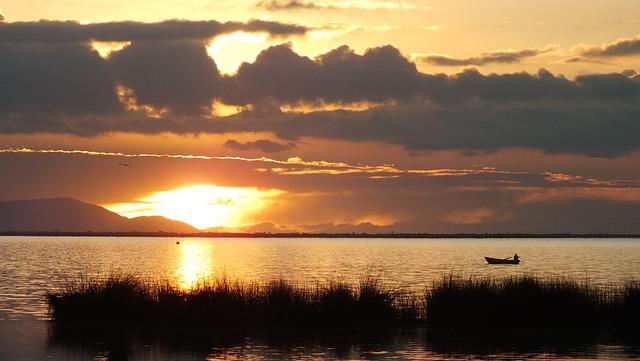
Cultural Tapestry and Local Traditions
Nestled high in the Andes, Lake Titicaca is a mystical body of water steeped in rich heritage and vibrant local customs. This majestic lake, shared by Peru and Bolivia, is not just a geographical wonder but a living tapestry of ancient traditions and cultural narratives. The indigenous peoples of the region, primarily the Aymara and Quechua, infuse their daily lives with rituals that have been passed down through generations, creating a unique cultural mosaic that fascinates travelers from around the world.
- Floating Islands of Uros: These artificial islands, crafted from totora reeds, are a testament to the ingenuity and resilience of the Uros people. Visitors can explore these floating marvels and learn about the traditional way of life maintained by the islanders.
- Festival of Candelaria: Held in February, this vibrant festival is a blend of Catholic and indigenous traditions, featuring colorful parades, lively music, and traditional dances that reflect the deep-rooted beliefs of the local communities.
- Myths and Legends: Lake Titicaca is shrouded in captivating myths, such as the legend of Manco Cápac and Mama Ocllo, who are said to have emerged from its waters to establish the Inca civilization. These stories are woven into the cultural fabric, offering insight into the spiritual significance of the lake.
Embracing both the tangible and the mythical, the communities around Lake Titicaca continue to celebrate their ancestral heritage while welcoming visitors to partake in their storied past. This dynamic interplay between history and living tradition makes Lake Titicaca a profound cultural experience.
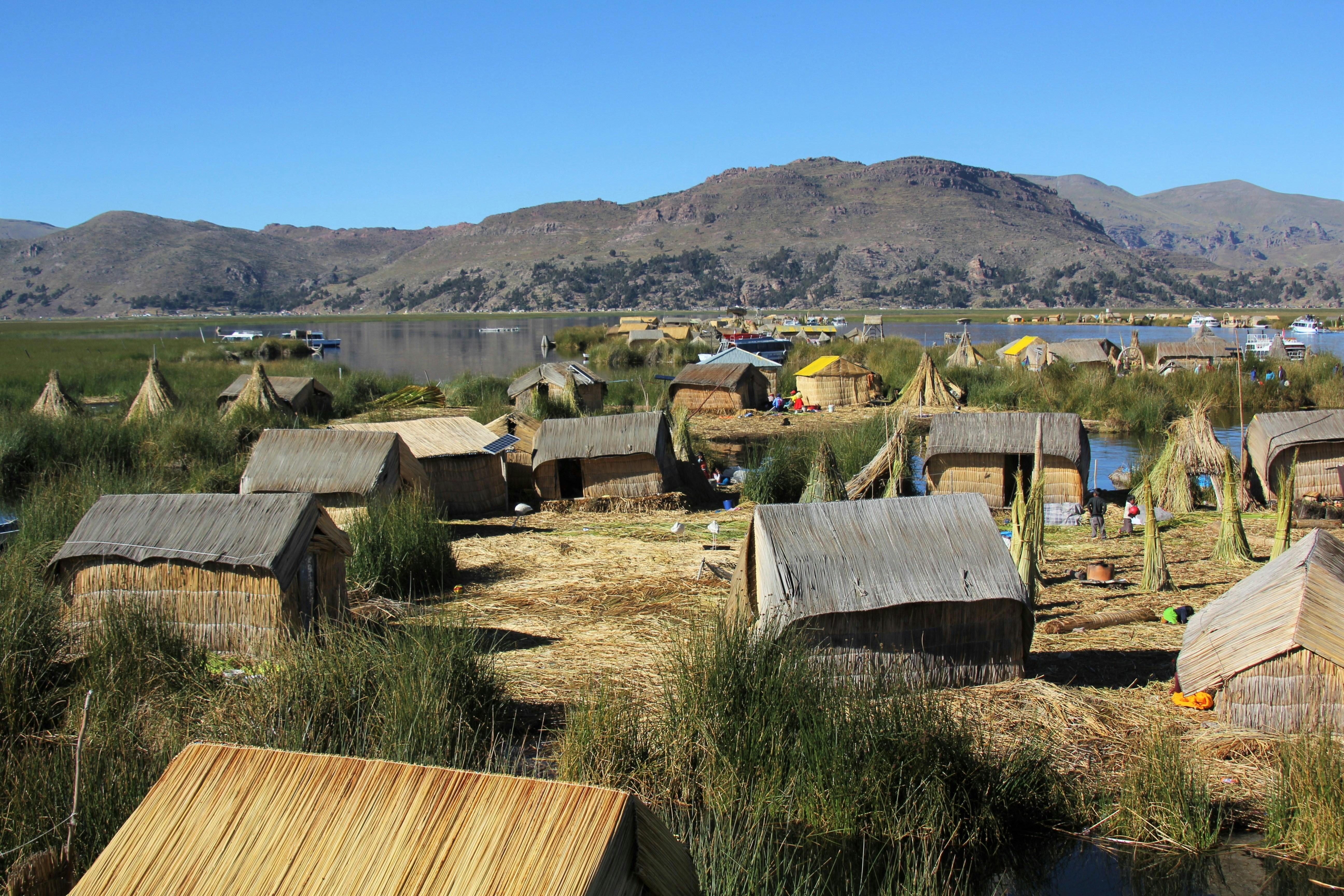
Hidden Treasures and Must-See Landmarks
Lake Titicaca, nestled high in the Andes on the border between Peru and Bolivia, is a region steeped in mystery and rich with cultural heritage. This mesmerizing destination offers a wealth of hidden treasures and must-see landmarks that captivate the imagination. Visitors can explore the Islands of the Sun and Moon, where Incan mythology comes to life, said to be the birthplace of the sun god Inti. The islands are adorned with ancient ruins and terraced hillsides, offering a glimpse into the spiritual and agricultural practices of the past.
- Uros Floating Islands: Ingeniously constructed from totora reeds, these floating islands are home to the Uros people, who have maintained their unique way of life for centuries.
- Taquile Island: Known for its vibrant textiles, Taquile offers stunning views and a chance to immerse oneself in the community’s traditional lifestyle.
- Amantaní Island: Often referred to as the “Island of the Kantuta,” this tranquil island is famous for its warm hospitality and panoramic vistas.
While exploring these sites, one can also uncover the less-trodden paths leading to hidden temples and secluded beaches, where the whispers of ancient legends echo in the crisp mountain air. The lake’s azure waters and its islands offer not just breathtaking beauty, but a deep connection to the enduring legacy of the civilizations that once thrived here.
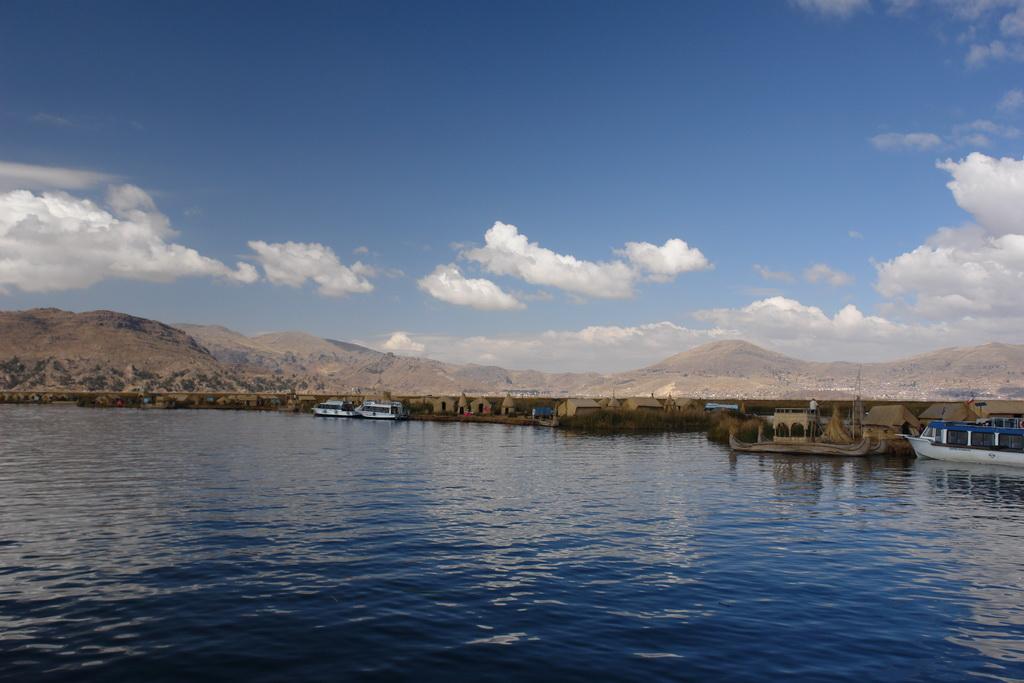
Practical Tips for an Unforgettable Journey
Embarking on an exploration of Lake Titicaca offers a unique blend of natural beauty and rich cultural heritage. To make the most of your journey, consider these practical tips that will elevate your experience from memorable to truly unforgettable.
- Acclimatize Gradually: Lake Titicaca is situated at an elevation of over 3,800 meters. Spend a day or two in nearby cities like Puno or La Paz to adjust to the altitude, ensuring you’re ready to fully enjoy the lake’s stunning vistas.
- Embrace the Local Culture: Engage with the local communities on the Uros floating islands or the island of Taquile. Participate in traditional activities, such as weaving or cooking, to gain a deeper understanding of the indigenous way of life.
- Travel Light: Opt for a backpack with essentials like sunscreen, a hat, and a reusable water bottle. The weather can be unpredictable, so layering is key to staying comfortable throughout the day.
- Capture the Moments: The breathtaking scenery and vibrant culture provide countless photo opportunities. Ensure your camera or smartphone is ready to capture the magical sunrises and the tranquil beauty of the lake.
These practical tips, combined with an open heart and adventurous spirit, will help you create lasting memories as you explore the legendary beauty of Lake Titicaca.
Future Outlook
As the sun dips below the Andean horizon, casting a golden glow over the tranquil waters of Lake Titicaca, we find ourselves at the end of our journey through the legends and mysteries that envelop this sacred lake. From the whispered tales of ancient civilizations to the enduring myths that continue to captivate both locals and travelers alike, Lake Titicaca remains a timeless repository of cultural heritage and natural beauty. As we part ways with the stories and secrets of this high-altitude wonder, let us carry with us a sense of awe and respect for the interconnectedness of history, nature, and mythology. Lake Titicaca is more than just a body of water; it is a living tapestry of human imagination and nature’s splendor, inviting us all to ponder the legends that ripple beneath its shimmering surface.





